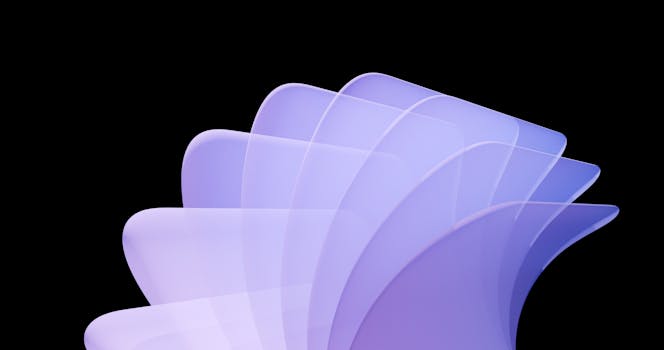Creativity thrives in contrast. This powerful assertion underpins the essence of innovation, art, and personal growth. In a world that often seeks uniformity, it is the differences that spark new ideas and inspire unique solutions. This article delves into the various dimensions of contrast and its profound impact on creativity.
The Nature of Contrast

At its core, contrast refers to the differences that exist between two or more elements. This can manifest in numerous ways, such as light and dark, loud and quiet, or simple and complex. In art, for instance, the interplay between vibrant colors against muted tones can create stunning visual effects. Similarly, in music, contrasting rhythms and melodies can evoke a wide range of emotions.
Contrast in Creativity

Creativity is often born from the juxtaposition of differing ideas. When individuals combine seemingly unrelated concepts, they can produce innovative solutions that would not have emerged from conventional thinking. For example, the fusion of technology and art has led to the rise of digital art forms, pushing the boundaries of traditional creativity.
Case Studies
Several successful companies have harnessed the power of contrast in their creative processes. Apple, for instance, is known for blending simplicity with cutting-edge technology, creating products that are both user-friendly and highly advanced. Similarly, the fashion industry frequently embraces contrast, with designers juxtaposing classic styles with modern elements to create fresh looks.
The Psychological Aspect of Contrast

Psychologically, contrast plays a significant role in how we perceive and interpret information. Our brains are wired to recognize differences, which helps us make sense of the world around us. This innate ability to discern contrasts is crucial for creativity, enabling us to identify gaps and opportunities for innovation.
Embracing Diversity
Incorporating diverse perspectives into creative processes can lead to richer outcomes. By embracing cultural, social, and intellectual differences, teams can leverage a wider range of ideas and experiences. This not only enhances creativity but also fosters a more inclusive environment where everyone feels valued.
Takeaways

1. Embrace differences: Seek out diverse perspectives to fuel creative thinking.
2. Experiment with contrasts: Don’t shy away from juxtaposing opposing elements in your work.
3. Recognize the value of simplicity: Sometimes, less is more. Striking a balance between simplicity and complexity can enhance creativity.
Conclusion

In conclusion, creativity thrives in contrast, and this principle can be applied across various fields and disciplines. By understanding and embracing the power of differences, individuals and organizations can unlock new levels of creativity and innovation. As we continue to navigate a world rich in diversity, let us remember that it is often the contrasts that lead us to our most creative selves.





